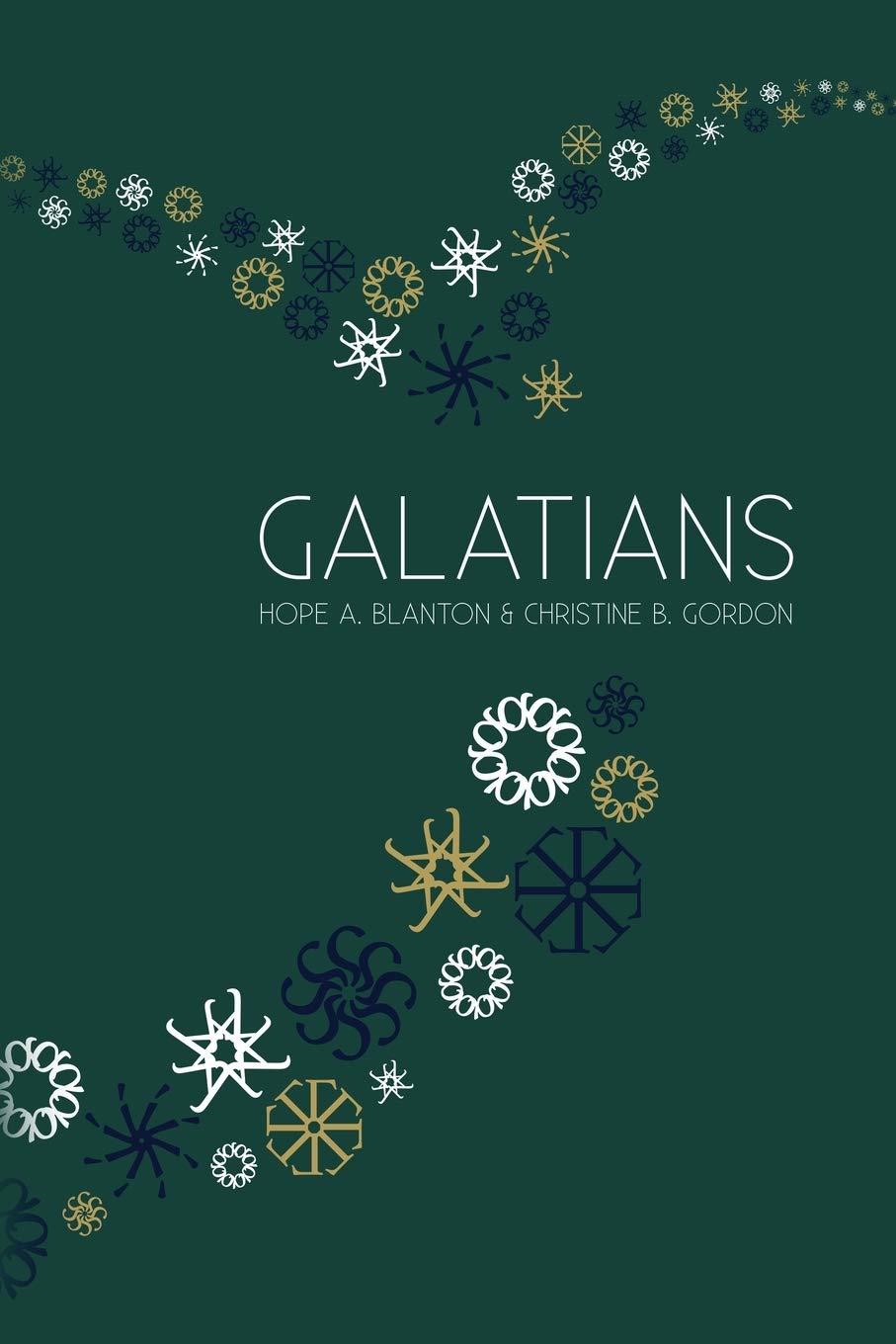Cultivating Hearts of Adoration
ABBY HUTTO | GUEST One summer while my children were in elementary school, I instituted a new prayer policy in our home. I could no longer take hearing the same prayer over and over again. Every single day, three times a day, they prayed, “Thank you, Jesus, for our food and please help us have a great day.” I finally had enough. I purchased a little chalkboard, downloaded a prayer guide with 31 names/attributes of God, and made a new rule: before we thank Jesus for our food, before we ask him to make every day a great day, we must first thank him for being himself. I declared that summer a season of adoration. Meditating on God’s Character My children were doing what comes instinctively to all of us. When we pray, it’s easy to thank God for the things he has done for us. We don’t have to search our minds for things we want to ask him for. If we’re truly spiritual, we confess our sins. But appreciating God for just being who he is doesn’t seem to come naturally to us. Adoration is not something modern American Christians spend a lot of time doing. Our culture, our schedules, and our overactive hearts don’t leave us time to slow down and meditate over who God is in his character and nature. We rarely separate who God is from what he does. At first glance, that may not seem like a big deal. After all, who God is in his character and nature is displayed in his acts of power as he works in our world to rescue and save his people. Thanksgiving and supplication are vital to our prayer lives. Jesus taught us to pray, “Give us this day our daily bread and forgive us our debts.” It is good and right to be moved by God’s intervention in our life. When he provides, comforts, rescues, it is right to be thankful for what he has done. But do we also adore him for who he is? Do we open our prayers as Jesus taught us, adoring our Father who is hallowed and enthroned in his heavenly kingdom?










